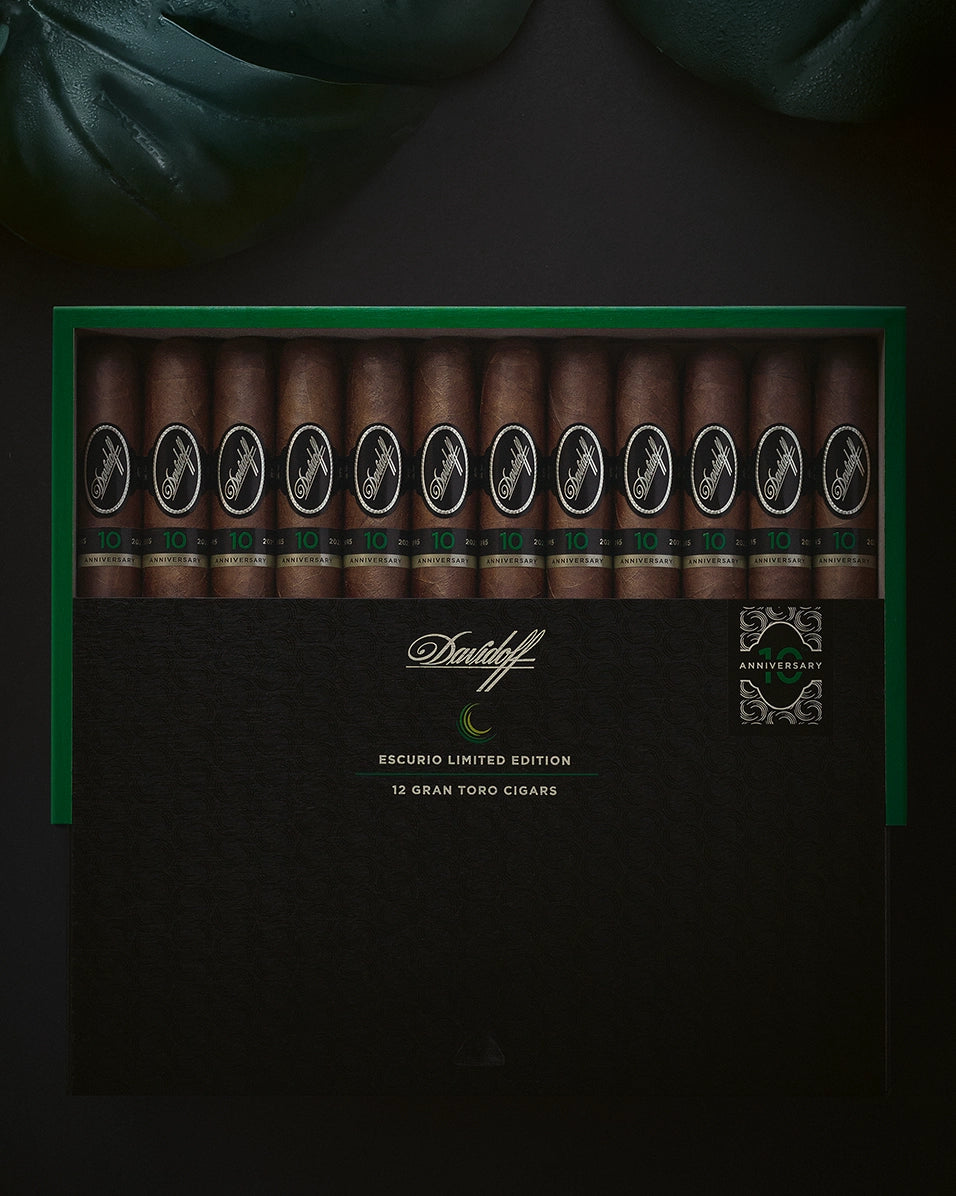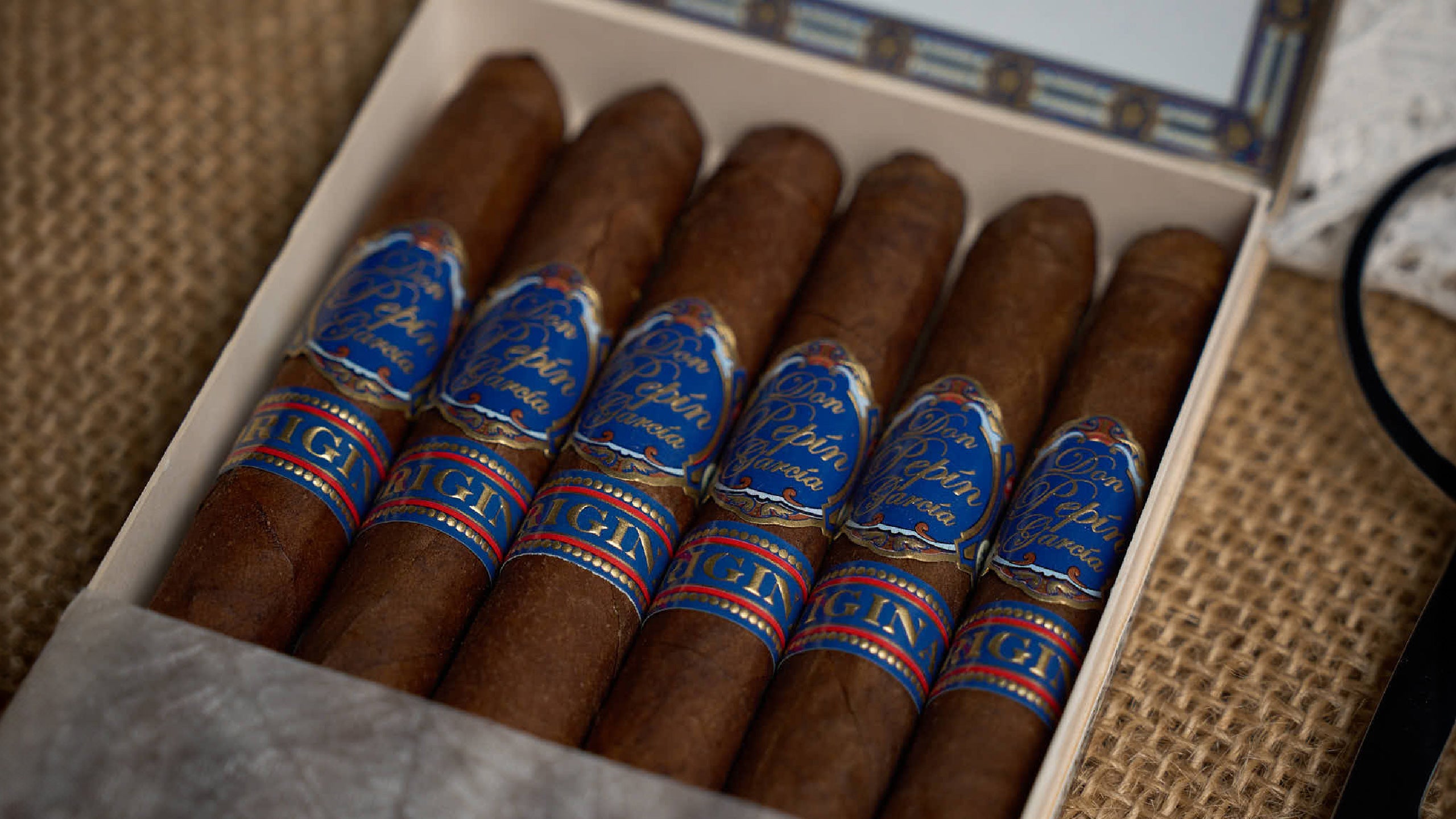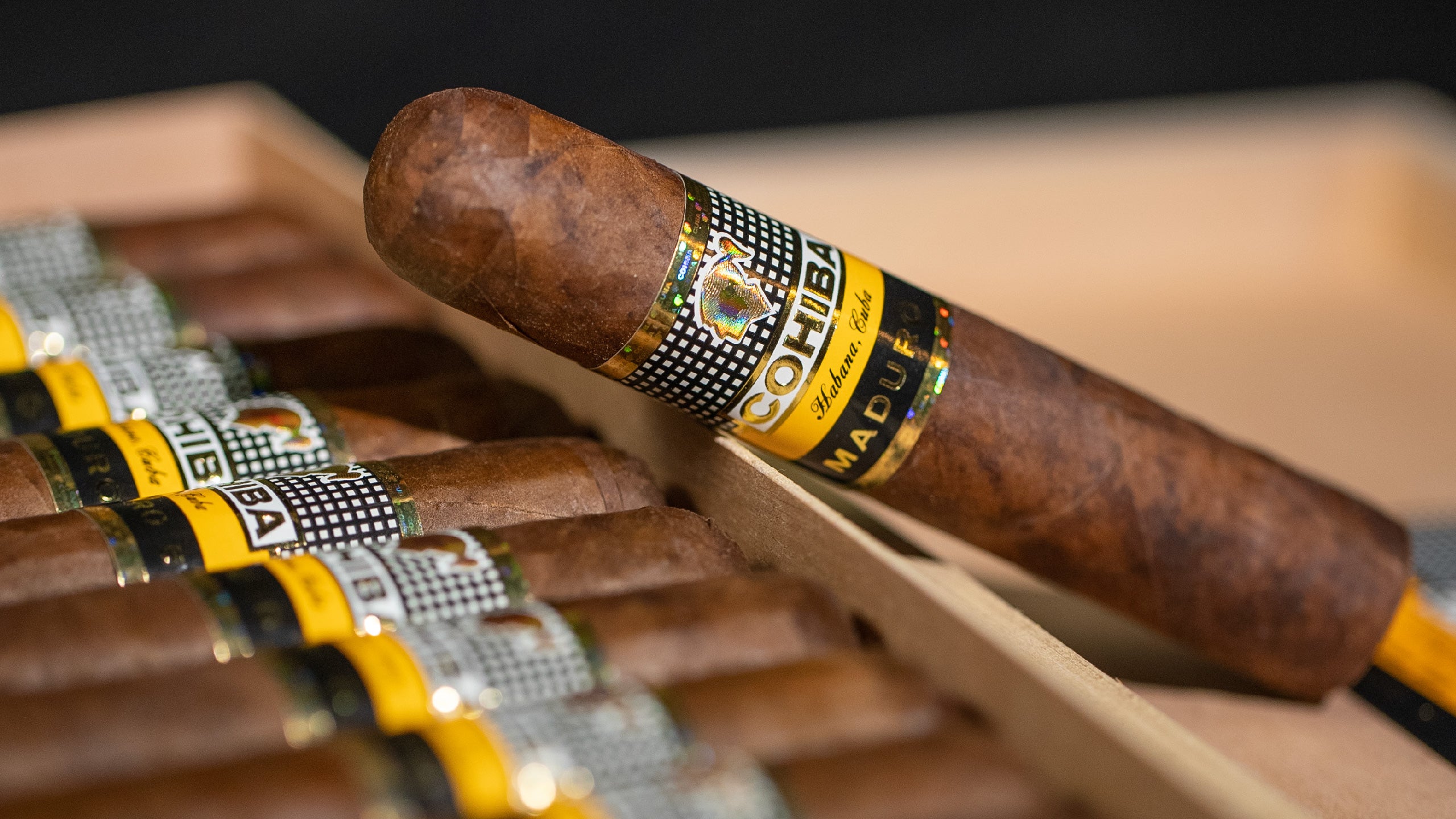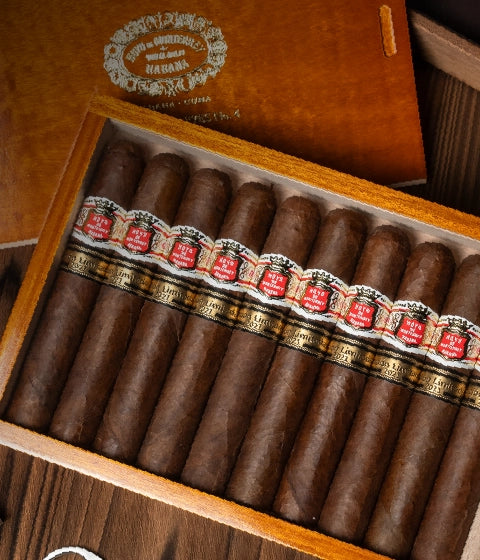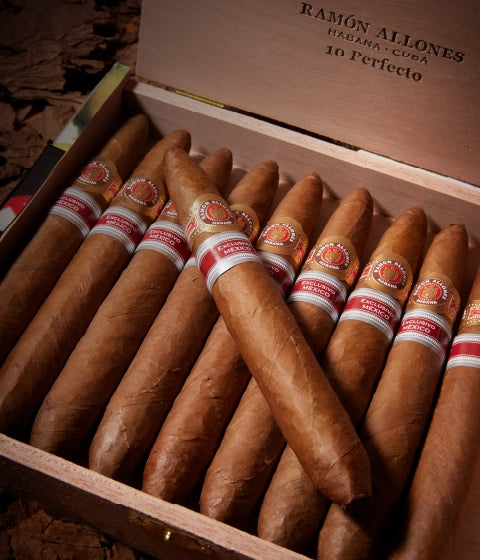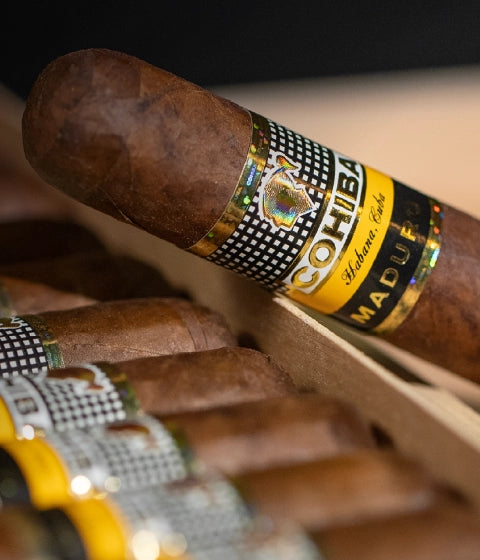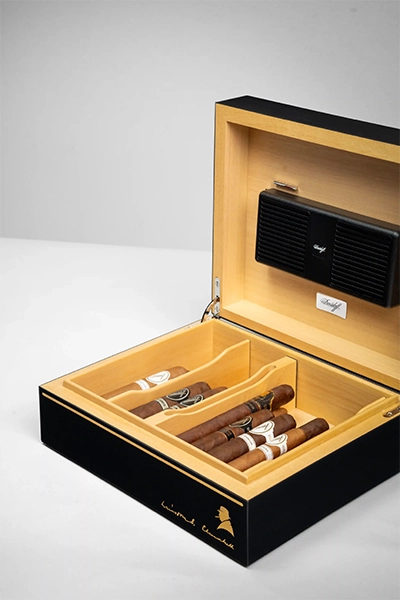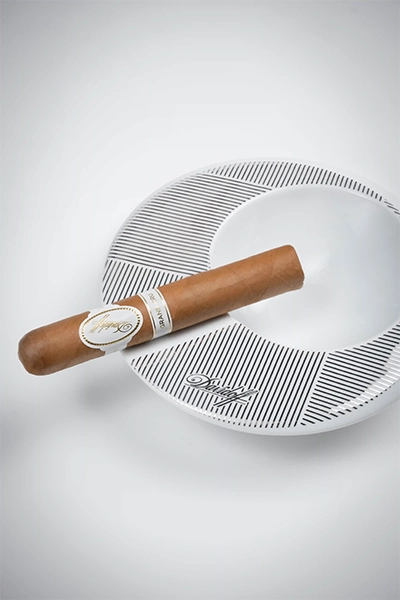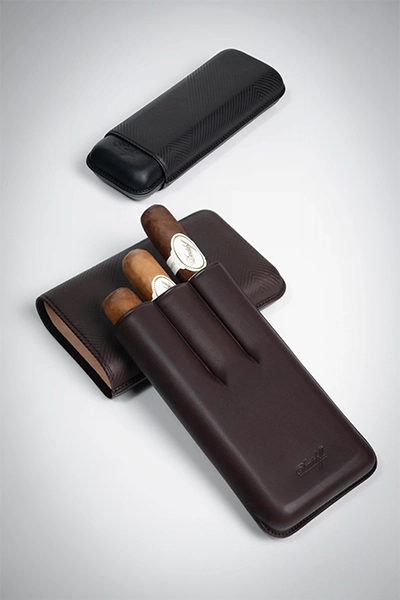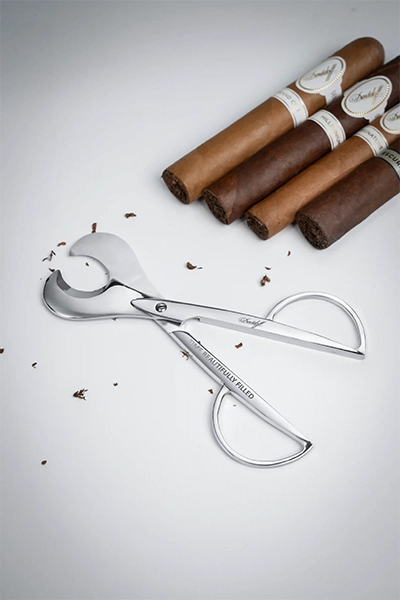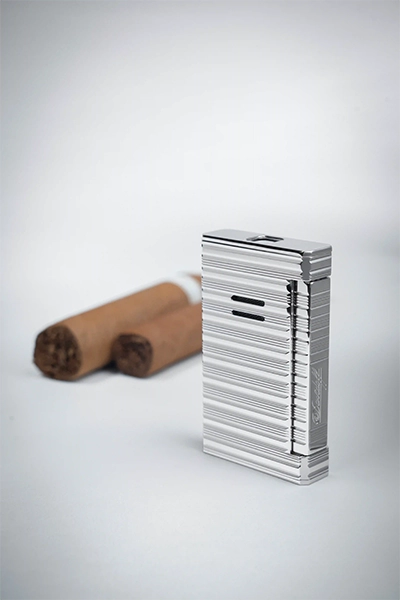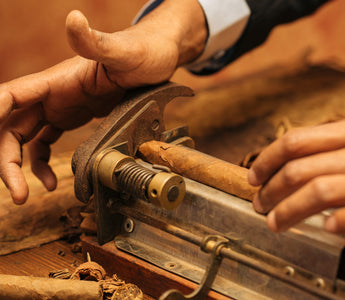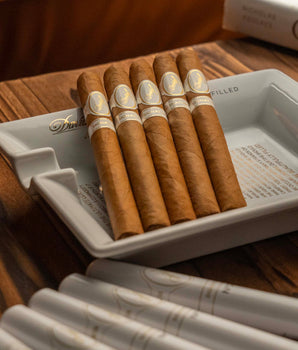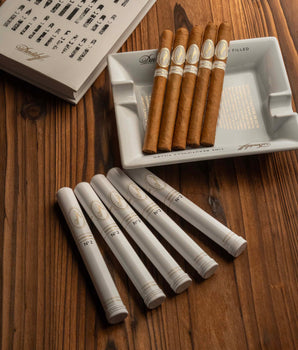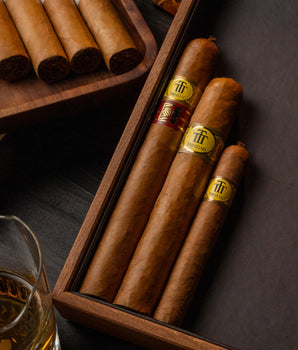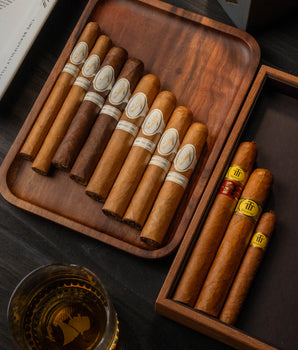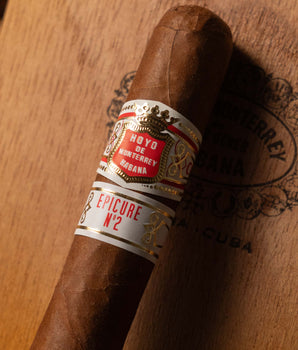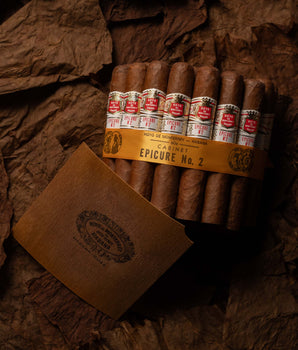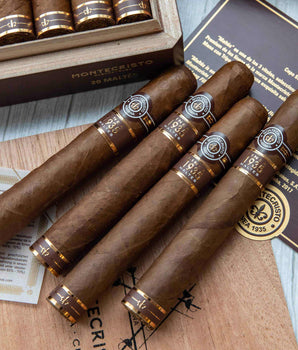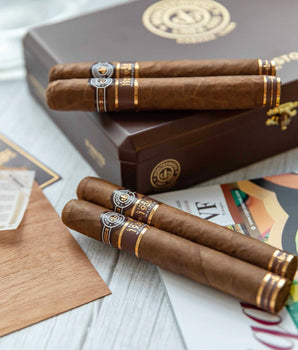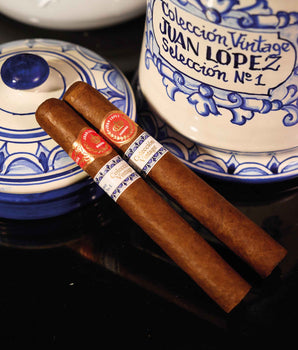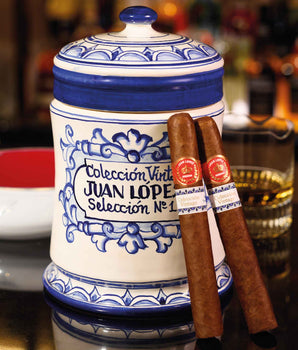“For cigar lovers, the artistic genius lies in the touch of hands”

An artist's genius flows from an intricate web of creative sources, yet one always dominates. It may be a photographer's eye, a painter's vision, a writer's mind, a musician's ear or a dancer's lithe muscles. The genesis of creation, however, is often invisible, the connoisseur experiencing only the culmination of the artist's long years of dedication and effort. A cigar, like many masterpieces, apparently epitomizes simplicity—a bunch of tobacco leaves rolled together to be lit and smoked. A cigar's seemingly simple origin reduces the act of smoking to an almost thoughtless pastime, the smoker maintaining an innocence about the complex combination of artistry and skill that produces it. Yet a cigar is much more than a skilled labourer’s mundane assembly of the parts; it is the gift of craftsmen who rely on their hands to forge a solid elixir of simple pleasure. For cigar lovers, the artistic genius lies in the touch of hands.

The magic of cigar making actually begins in the fields and the curing barns. The mystery involves the choice of soil, the type of seed and the timing of the harvest to bring the leaves to the barns in optimum condition, if nature has cooperated. Weather aside, man plays a role in each of those choices. His expert touch is essential in the fields, especially at harvest time when wrapper leaves are treated like pieces of fine crystal, the tiniest blemish affecting the value of the leaf. The length of drying, the stacking of leaves into bales for fermentation, the duration and intensity of the fermentation are all critical elements, choices made by master tobacco men who are artists in their own right. Even in the barns, it's not uncommon to see tobacco men ignore the thermometers and thrust their arms into the steaming stacks of leaves.

Once cured and fermented, the tobacco must be aged. The bales, either wrapped in burlap or stored in huge boxes, sit in vast, temperature-controlled warehouses for up to two years, and sometimes longer. Once primed and ready, the transformation of the tobacco from a pile of leaves to a cigar depends almost totally on the touch and feel of human hands. The leaves are broken out of the bales and "cased," a technique that moistens the leaves so they become supple and ready for manipulation. Some factories use a technique in which the leaves are bathed in a fine mist of water; others use huge rooms with extremely high humidity. The leaves are usually prepared a day in advance
After they are cased, the leaves are deveined, either with the aid of machines or simply by workers delicately pulling the stem down the middle of the leaf. The leaves are separated by strength or tobacco type. A supervisor, or blender, will prepare the exact proportion of leaves to be used in a cigar, usually arranging the leaves into different boxes that are then placed on the rollers' desks. The rollers receive instructions on how much of each leaf to press into the cigars they are making that day. Depending upon the factory, some cigars are made from beginning to end by the same person; a good roller in this setup can make 100 to 150 cigars a day. In other factories, two bunchers (workers who create the filler/ binder unit) are teamed with a roller, who places the outer wrapper on the cigar; in that setup, a team may make 250 to 300 cigars a day, or even more in smaller sizes.

The bunch is created by the cigar maker taking the three or four different leaves in the blend and pressing them together in his or her hands, folding the leaves over on themselves to form cylinders, leaving a narrow passage through the centre of the cigar that will ensure that the cigar draws properly; in some factories, the maker places the filler leaves in a roller's aid called a Temsco machine, a cigarette-style rolling device. The binder is then applied, either in the machine or by hand-rolling it around the filler leaves. The entire package is placed in a wooden mould, a form with slots that approximate the size and diameter of the cigar being made. After a mould is filled, the top half of the form is placed over it and the mould is taken to a manual hydraulic press. The bunches are usually pressed for 30 to 45 minutes, with the mould given a quarter turn at intervals to prevent tobacco ridges from forming where the mould halves meet. At this point, some factories also put the cigars on a special machine to suck air through the cigar and check the draw.
The mould then goes to the roller, and the outer wrapper leaf is rolled around the bunch. At each step, the cigar makers are checking the bunch with their hands for hard or loose spots and uniformity of the leaves. Any defects bring swift rejection. When the cigar is almost complete, a cap is applied to the head, or smoking end, of the cigar. The cap is usually a piece of tobacco sliced off the leaf before the cigar is rolled. In another technique, the roller fashions a cap from the protruding end of the wrapper leaf, called the flap or flag. Once the cigar is finished, the maker places it on top of his rolling desk and a supervisor inspects the cigar by hand, rejecting any cigar that he suspects of being improperly rolled or filled. In some factories, bunches of 50 cigars are weighed together; if the weight varies by a predetermined amount, usually a couple of grams, all 50 cigars are returned to the roller to be redone.

After they're rolled, the cigars are placed in an aging room where they remain for a minimum of 21 days. This permits the tobaccos to "marry," or blend, and acquire balance. Some companies age their cigars for up to six months or more before shipping.
Once the aging is finished, the cigars are spread onto tables. They are sorted by hand into groups of 25 that will go into the same box. The process requires a keen eye for colour, as there may be as many as 20 slight colour variations. A sorter may also reject cigars if they have any visible flaws, such as cracks or blemishes. The cigars are then nestled into boxes made of cardboard or Spanish cedar (depending on the packaging style, some cigars are wrapped in cellophane), sealed and shipped.
The next hand to caress the cigar's wrapper should be the smoker's, the final gentle touch in a cigar's life.
Source: https://www.cigaraficionado.com/article/a-gentle-touch-hand-rolling-cigars-7307

